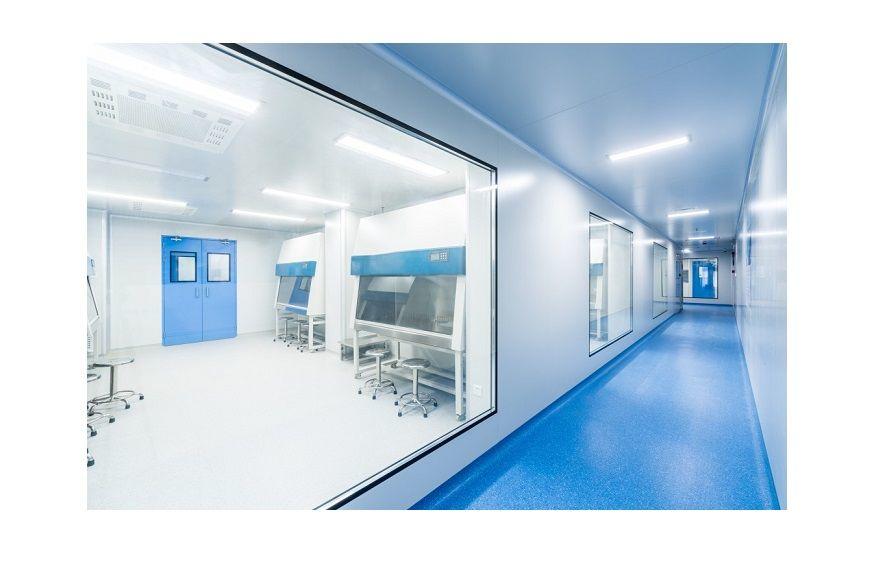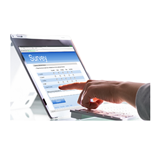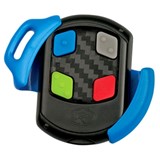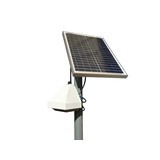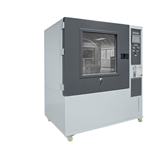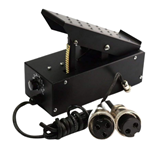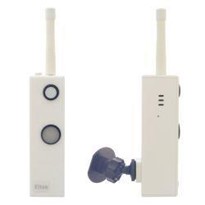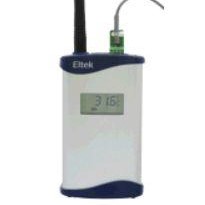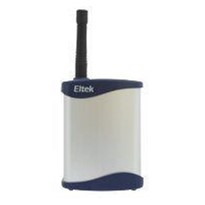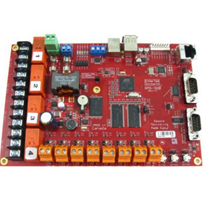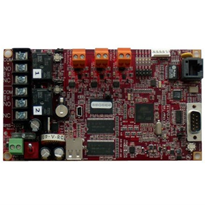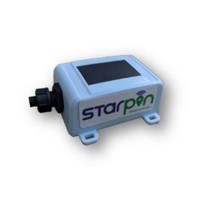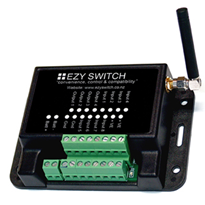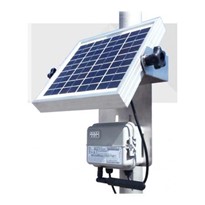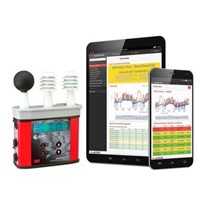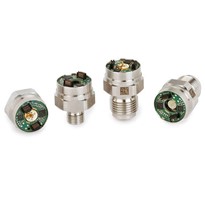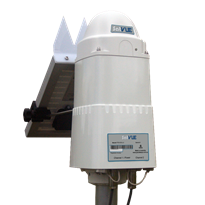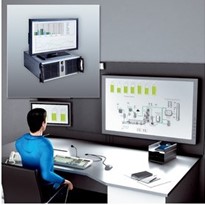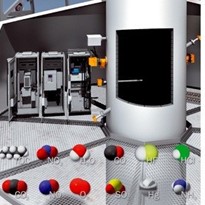A leading university research hospital system quickly prepared its staff to work remotely at the onset of the COVID-19 pandemic.
In this case study, you will learn how a large university hospital in a major metropolitan area: established remote temperature control data and monitoring of almost 3,000 sensors, at 100+ sites; provided access to the monitoring software for more than 300 users in the shortest possible time; saved millions of dollars’ worth of annual losses by monitoring its valuable products.
Project Partner
Large university in a major metropolitan area with research sites and hospital buildings on several campuses, even abroad University monitors more than 100 sites including cafeteria food, refrigerators in patient rooms, medication, surgery and specimen refrigerators, pharmacies under USP 797 regulations, vaccine storage, freezer storage areas, liquid nitrogen tanks, several cleanrooms, and biosafety level 3 (BSL-3) labs
Background
Research facilities were damaged due to a severe natural disaster. The extensive power outages and flooding lead the large research university to establish an emergency resilience program. Temperature monitoring of the clinical and research sites was one important aspect of this program. The university selected ELPRO environmental monitoring solutions and deployed a comprehensive system, today comprising almost 3,000 sensors at more than 100 sites and over 800 end users, all requiring different parameters to protect their life’s work.
Challenges
In the spring of 2020, the emergency resilience program was put to the test with the outbreak of COVID-19 and the global pandemic. At the beginning of the outbreak, all research activities, except for highly-critical activities such as work on the COVID-19 virus itself, were immediately postponed. As a result, 95% of research personnel were no longer allowed to work in their laboratories. Audible and visual alarms on site, including the displays on the outside of refrigerators and freezers, were suddenly rendered worthless. The researchers’ life’s work was in a freezer that they literally could not get to. Staff needed a remote monitoring system for the sensors, data, and analysis.
Targets
Consequently, the existing temperature monitoring system access had to be adapted and expanded so that employees were able to monitor the equipment from outside the university. Remote alarms and notifications needed to be sent to the responsible staff in charge, and employees had to be given appropriate access rights to the system. To accomplish this, a large number of new users had to be created within the system and receive training on the elproMONITOR software within a very short period of time.
Fit
Due to the existing emergency resilience program, the university and ELPRO had many years of close cooperation. Remote collaboration has been a part of everyday life. Over the years, the scalable monitoring solution had already proven itself highly effective. Consisting of wireless sensors that are easy and cost-efficient to add, user friendly software, and existing processes, had already proven itself highly effective. In addition, ELPRO’s service technician, Brian George, was exclusively responsible for supporting the university. Thanks to his unique professional background in refrigeration and a very good working relationship with the researchers on site, he quickly and competently carried out further installations, calibrated all sensors, and performed troubleshooting, even in this exceptional situation. This trusting relationship was the foundation upon which stakeholders enabled a large number of university hospital employees to work remotely, quickly, and efficiently at the beginning of the COVID-19 pandemic.
Approach
In this situation, ELPRO provided on immediate availability, round-the-clock support, and fast response times. Through close cooperation with the university, Sheri Pfalzgraf, project manager at ELPRO, was able to access the university’s ticket system and directly process all requests for temperature monitoring, assign rights to employees, and provide them with the necessary training material.
Solution
1. Almost 3,000 wireless and wired sensors at 100+ sites continuously monitor temperature (from liquid nitrogen to incubators), differential pressure, CO2, O2, and relative humidity.
2. The sensors at research sites monitor ultra-low temperature freezers, liquid nitrogen cryotanks,-20 °C to 4 °C refrigerators, and room conditions.
3. The wireless sensors communicate with the ECOLOG-PRO RBR data logger, which sends and receives information to and from the database system.
4. There are two different servers for the database system, one for the sensors at the research sites and one for the sensors at the clinical sites.
5. elproMONITOR monitoring software is used for monitoring, alerting, analysis, reporting, archiving, and administration.
6. Pre-defined users are notified of alarms by e-mail nd/or SMS text messages.
7. Authorized users and the ELPRO project manager set up and configure elproMONITOR accounts for employees.
8. Authorized users access elproMONITOR 24/7 via the Internet according to their user rights.
Outcome
The scalable environmental monitoring solution from ELPRO enabled the university to quickly and efficiently expand remote temperature monitoring, and data access during the unforeseeable COVID-19 pandemic. In a very short time, the system capability and access were expanded. A large number of employees were assigned administrative access to work from home, even during a temporary quarantine. Having this real-time alert system in place made it possible for employees to prevent contact from one another. Employees only came on site for isolated events. Another positive outcome was employees became much more familiar with the elproMONITOR software capabilities and remote monitoring in general.
The university continually documents serious alarms on the “save list”. The save list captures the number of temperature excursions where an alarm response prevented loss of material. Fast response times by university employees and notifications via the ELPRO solution continues to play a major role in the university’s emergency resilience program. Since implementation of the ELPRO system, data shows there has been one such alarm every eight days. Assuming a potential average loss of $50,000 per incident, successful implementation of the ELPRO system enables significant amount of annual cost savings, resulting in a significant and fast return on investment


